Manufacturing Businesses, Not Only GE, Being Courted to Move As Fewer Praise CT's Quality of Life
/Connecticut’s state government has been working diligently to boost manufacturing and manufacturers in the state, but the latest statewide survey suggests there remain significant obstacles on the road to realizing the goal of growing and sustaining a vibrant manufacturing sector.
Among manufacturers, 94 percent handle their production in Connecticut, according to the just-released 2015 Survey of Connecticut Businesses by the Connecticut Business and Industry Association and BlumShapiro. While the survey analysis describes that number as encouraging, it also notes that 28% have production facilities in other parts of the U.S., and 24% in other countries—“which means they may be more likely to consider expanding or shifting more of their production elsewhere.”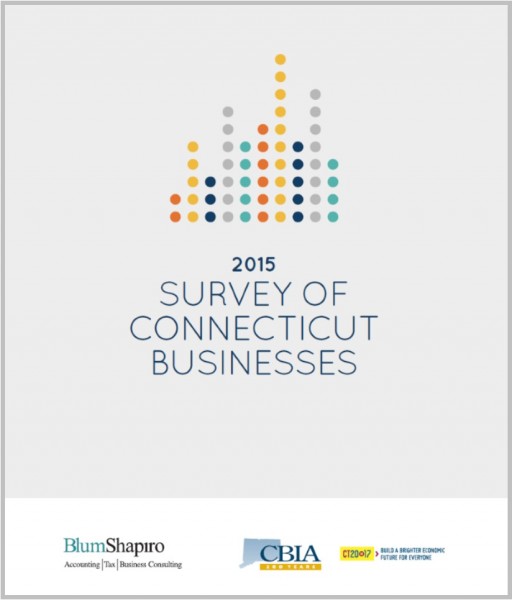
The report indicates that the “factors that drive site location include access to key inputs; proximity to suppliers and customers; access to skilled labor; cost of labor; occupancy costs; affordable energy; and where companies are in their life cycle (e.g., mature companies are often likely to disperse geographically to reduce costs).
Although the courting by Governors from across the nation of General Electric’s corporate management has garnered much media and political attention, it is certainly not the only company that is the subject of someone else’s attention. The CBIA-BlumShapiro report said that one in three businesses surveyed have been approached about moving or expanding their operations to another state.
Of those, the analysis continued, “nearly one in four are planning on moving to that state, 29 percent are considering shifting significant production to another state within five years, and 31 percent are weighing expansion in another state within five years.
Although the report shows that 63 percent of businesses surveyed showed a profit this past year—the best this survey has seen since 2006 - the report indicated that “a primary area of concern” is the expansion of businesses over the next five years, and whether that expansion will take place in Connecticut or elsewhere.
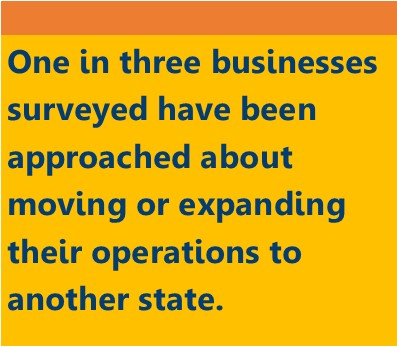 Whether perception drives reality or reality is drives perception, the opinions stated by business surveyed are less than encouraging, according to the report. Primary reasons cited for moving or expanding outside Connecticut are the state’s high costs (including taxes) and its “anti-competitive business environment,” reflecting an oft-stated CBIA viewpoint. More than three-quarters say Connecticut’s business climate is subpar compared with other states in the Northeast, and the nation.
Whether perception drives reality or reality is drives perception, the opinions stated by business surveyed are less than encouraging, according to the report. Primary reasons cited for moving or expanding outside Connecticut are the state’s high costs (including taxes) and its “anti-competitive business environment,” reflecting an oft-stated CBIA viewpoint. More than three-quarters say Connecticut’s business climate is subpar compared with other states in the Northeast, and the nation.
The report also noted the significant number of state companies that depend on other Connecticut businesses. “The vast majority of companies surveyed (70 percent) are somewhat or highly dependent on larger Connecticut companies or businesses,” the analysis highlighted, “which raises concerns when tax hikes threaten to push large companies out of state.”
CBIA’s surveys consistently find that personal reasons also factor significantly in location decisions. “Many business leaders point to Connecticut’s quality of life and the desire to work close to where they live as the main reason for locating and/or staying in-state. However, we are slipping here,” the report said.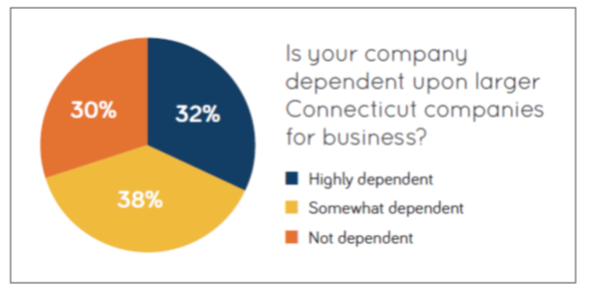
In a survey of Hartford-New Haven-Springfield businesses conducted earlier this year, quality of life—traditionally the number-one benefit to operating a business in this region— surprisingly emerged as less of a competitive advantage today. In fact, there has been a steady decline in the percentage of company leaders citing quality of life as the greatest benefit of operating a business here: 47 percent in 2009, 43 percent in 2011, 40 percent in 2013, and just over a third (35 percent) in 2015.


 One of the key features at the 9th Annual Innovation Summit will be the Funding Fair, where angels, VCs, investment bankers, lenders, family offices, private investors, and other resources are on-hand to offer individual guidance and advice to attendees. The Funding Fair also offers fledgling businesses opportunities to connect with incubators and co-working spaces.
One of the key features at the 9th Annual Innovation Summit will be the Funding Fair, where angels, VCs, investment bankers, lenders, family offices, private investors, and other resources are on-hand to offer individual guidance and advice to attendees. The Funding Fair also offers fledgling businesses opportunities to connect with incubators and co-working spaces.

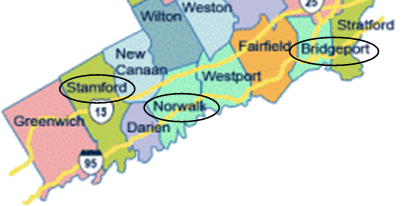
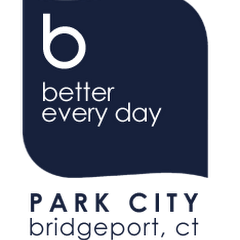
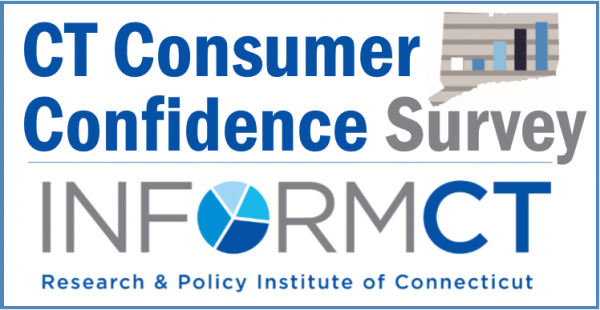
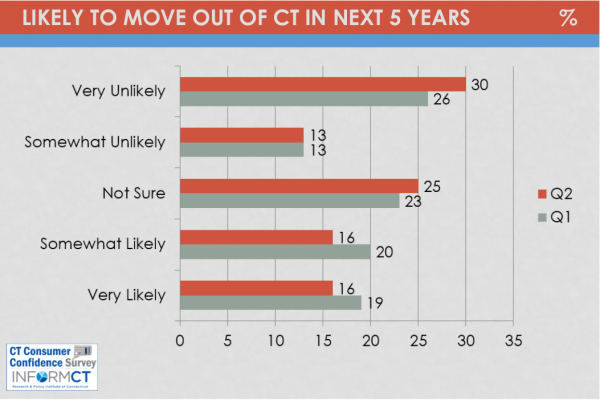
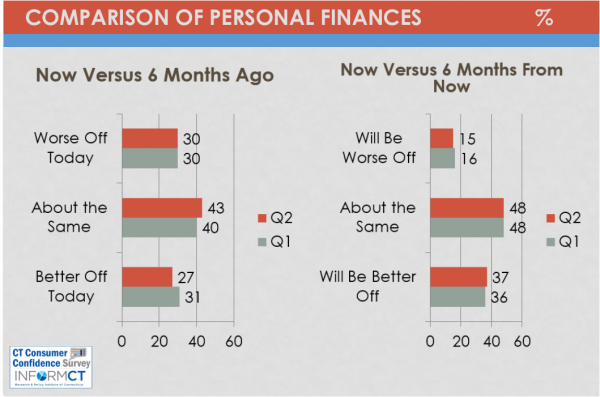 The survey is being administered for InformCT by the
The survey is being administered for InformCT by the 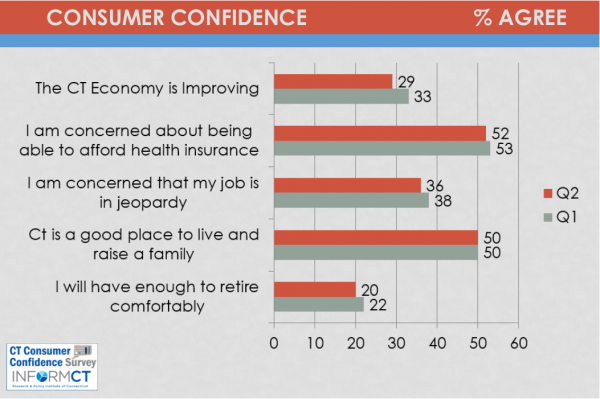
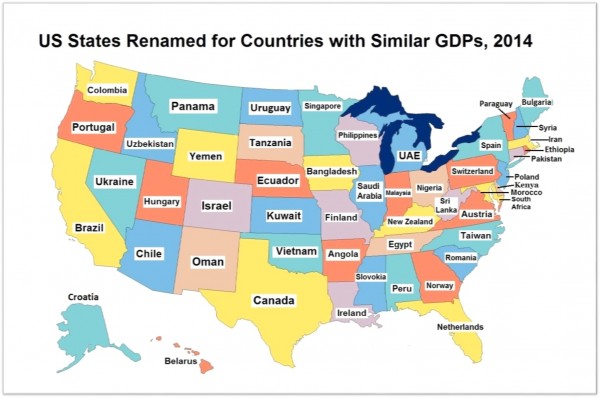
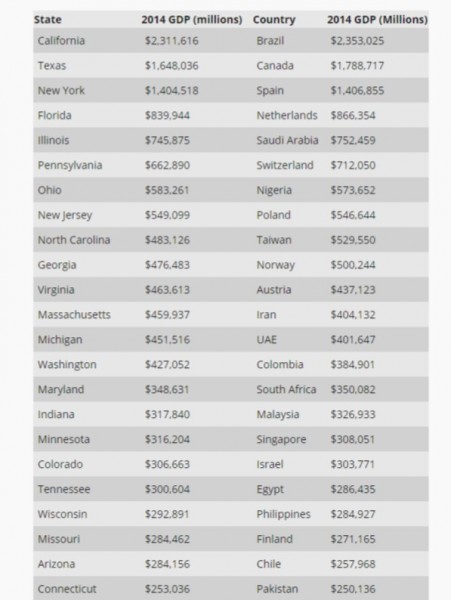



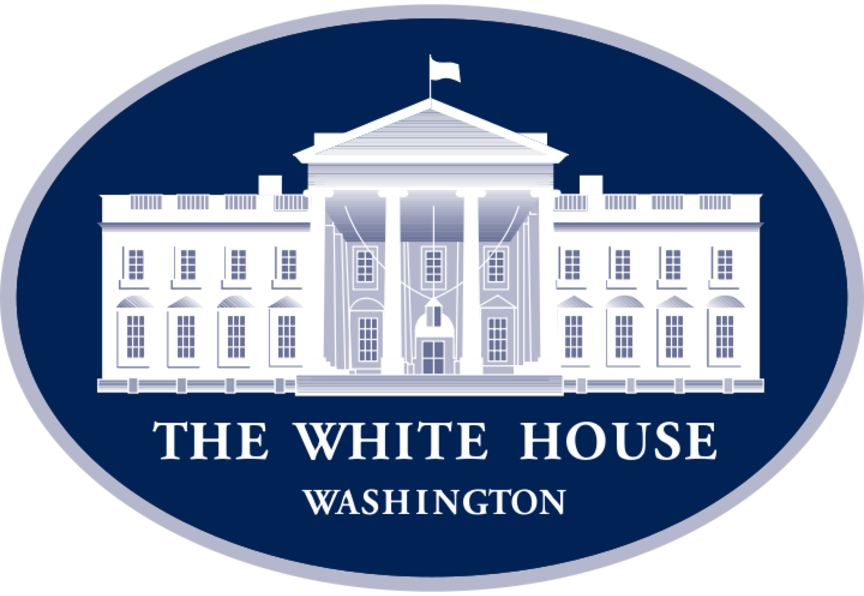
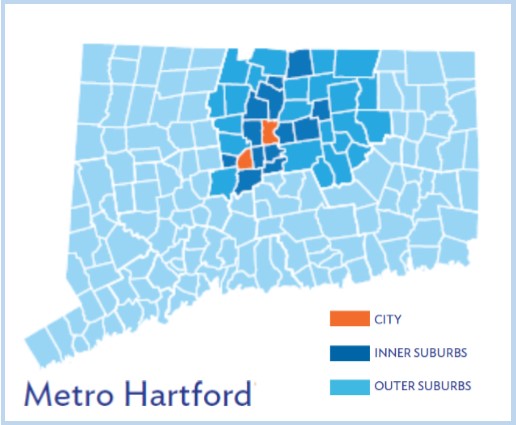
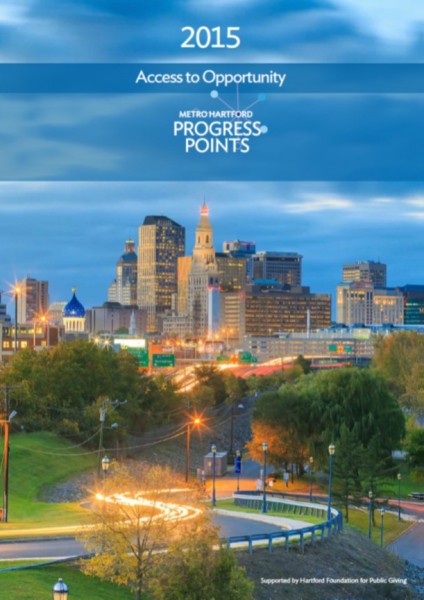 Looking at five year trends, the report found that the region’s population of about 1 million people has grown by 2 percent, which translates to about 20,000 people or about 4,000 families. Regional job growth, 3.5 percent, is on par with the state, but remains about 8,000 jobs below pre-recession levels. The crime rate across the Greater Hartford region has been reduced by about 18 percent during the past five years, faster than the state (-16%) and national (11%) trends.
Looking at five year trends, the report found that the region’s population of about 1 million people has grown by 2 percent, which translates to about 20,000 people or about 4,000 families. Regional job growth, 3.5 percent, is on par with the state, but remains about 8,000 jobs below pre-recession levels. The crime rate across the Greater Hartford region has been reduced by about 18 percent during the past five years, faster than the state (-16%) and national (11%) trends.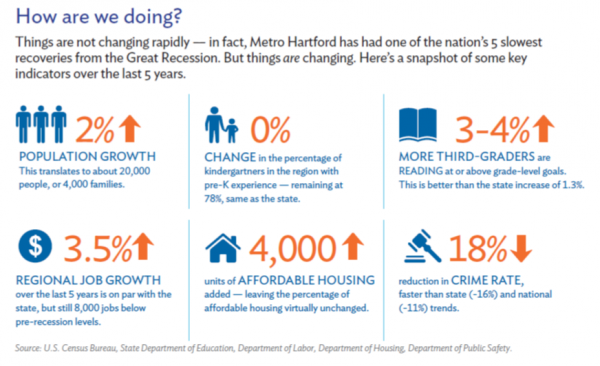
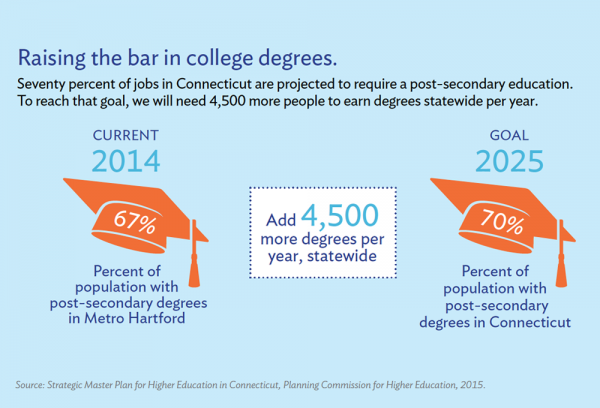 Partner organizations in developing the report include the Hartford Foundation for Public Giving, Capital Workforce Partners, Capital region Council of Governments, Metro Hartford Alliance, Hispanic Health Council, United Way of Central and Northern Connecticut, Urban League of Greater Hartford, Center for Urban and Global Studies at Trinity College, and the City of Hartford.
Partner organizations in developing the report include the Hartford Foundation for Public Giving, Capital Workforce Partners, Capital region Council of Governments, Metro Hartford Alliance, Hispanic Health Council, United Way of Central and Northern Connecticut, Urban League of Greater Hartford, Center for Urban and Global Studies at Trinity College, and the City of Hartford.




 The survey noted that more than two-thirds of consumers (68 percent) looking to purchase their first home are interested in move-in ready homes while one-third would like to buy a fixer-upper. And when it comes to amenities, respondents are most interested in their first home having a backyard or pool and an attractive design, followed by energy efficient / smart homes technologies.
The survey noted that more than two-thirds of consumers (68 percent) looking to purchase their first home are interested in move-in ready homes while one-third would like to buy a fixer-upper. And when it comes to amenities, respondents are most interested in their first home having a backyard or pool and an attractive design, followed by energy efficient / smart homes technologies.
 U.S. Commerce Secretary Penny Pritzker honored a total of 45 American companies and organizations, many of which are small- and medium-sized enterprises (SMEs), at the 2015 President’s “E” Awards ceremony, held earlier this year. The six Connecticut businesses were among the 45 honored.
U.S. Commerce Secretary Penny Pritzker honored a total of 45 American companies and organizations, many of which are small- and medium-sized enterprises (SMEs), at the 2015 President’s “E” Awards ceremony, held earlier this year. The six Connecticut businesses were among the 45 honored.
 Proton Onsite makes hydrogen and nitrogen generators. Mutualink manufactures equipment used to facilitate collaborative communication between public safety and first response teams at the scene of emergencies. Jonal Laboratories makes sealant used in the aerospace industry. Dymotek manufactures custom injection molded plastic and silicone parts for electronics, plumbing valves and juice dispensers.
Proton Onsite makes hydrogen and nitrogen generators. Mutualink manufactures equipment used to facilitate collaborative communication between public safety and first response teams at the scene of emergencies. Jonal Laboratories makes sealant used in the aerospace industry. Dymotek manufactures custom injection molded plastic and silicone parts for electronics, plumbing valves and juice dispensers. 
 t assist and facilitate export activities were honored with the “E” Award for Export Service. Four firms received the “E” Star Award for Exports, which recognizes previous “E” Award winners who have reported four years of additional export growth. And, three companies were awarded the “E” Star Award for Export Service, which recognizes previous “E” Award winners that have shown four years of continued support of exporters since first winning the “E” Award.
t assist and facilitate export activities were honored with the “E” Award for Export Service. Four firms received the “E” Star Award for Exports, which recognizes previous “E” Award winners who have reported four years of additional export growth. And, three companies were awarded the “E” Star Award for Export Service, which recognizes previous “E” Award winners that have shown four years of continued support of exporters since first winning the “E” Award.
 This year marks the 53rd anniversary of the
This year marks the 53rd anniversary of the 


























